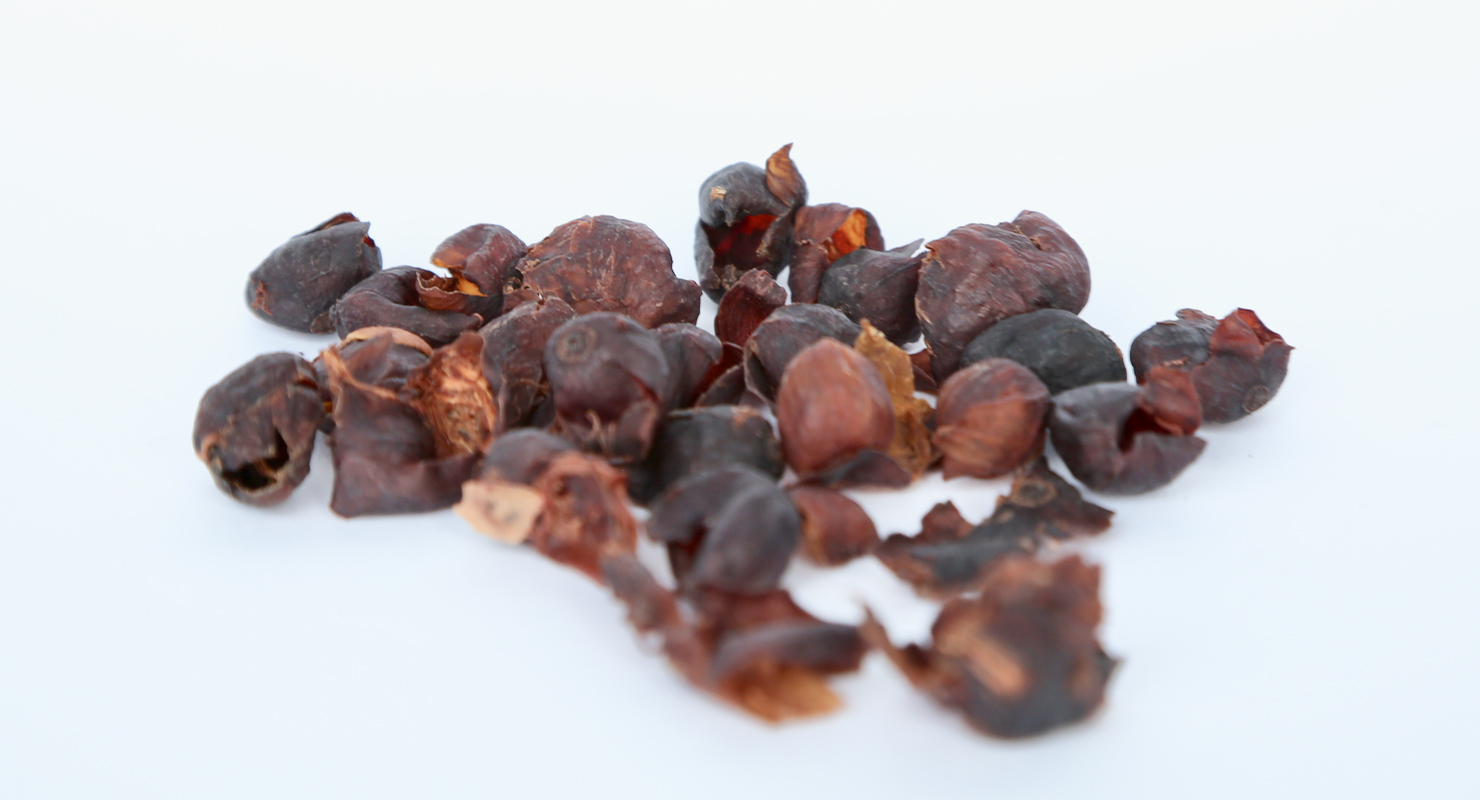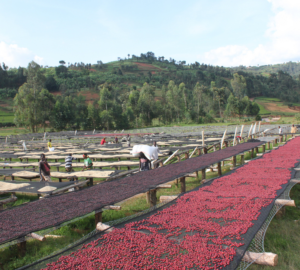What is Tritan plastic?
Most of us are not on a first-name basis with our plastics—so why are we expected to be now? Coffee-brewing gearheads will have noticed that a new wave of brewers has hit the market in recent years, many boasting that they are made of “Tritan plastic.” This plastic is a clear, shatterproof, BPA-free formulation invented by the Eastman company (a name you may recognize from its earlier days as a part of Eastman-Kodak.)
Tritan is considered a “copolymer” (which, no, is not a relationship status) and is made up of dimethyl terephthalate (DMT—no, not that DMT), cyclohexanedimethanol (CHDM), and 2,2,4,4-tetramethyl-1,3-cyclobutanediol (CBDO). There is also a “Tritan Renew,” which boasts up to 50% recycled content.
Is Tritan plastic new?
Somewhat. Tritan plastic was invented in 2007, and offered an alternative to plastics that contained bisphenol-A (BPA) which is considered disruptive to the endocrine system. It is also a little clearer than other plastics. In the food and beverage world, Tritan first got its foot in the door with water bottles—Nalgene and CamelBak switched over to Tritan soon after it was introduced. In coffee, the Tritan trend is a bit newer.
“Through the rise of the coffee industry, consumers realized many of the products they used had inadequate performance to stand up to the temperature and staining of coffee after normal use,” explains Austin Fullbright, Eastman Market Development Manager. Fullbright adds that Tritan is the “clear choice” (get it?) for brands looking for durability, clarity, and stain-resistance in a BPA-free plastic.
Is Tritan a “safer” plastic?
Many of us are hesitant to prepare food or beverages with plastic, out of concern for the chemicals that may leach into what we consume, and even more so when preparing high-temperature things like coffee. Tritan aims and claims to improve upon plastics of the past by avoiding potential hormone disrupters like BPA (or its friend, bisphenol-S). Whether this polymer is a cure-all for our plastic plight is yet to be seen.
How hot can you get Tritan plastic safely?
“Tritan and Tritan Renew have great heat resistance, with the ability to endure temperatures of up to 175F for 264 hours without showing signs of degradation,” assures Fullbright. He adds that Tritan plastic is very durable in the dishwasher, lasting for more than 150 dishwasher cycles before any distress appears in the plastic.
Wait, can I also drop it?
Sure. Fullbright promises Tritan can withstand drops from 1.5 meters high, “making it a great material for coffee drinkware for brewers in various environments.” (You klutz baristas know who you are.)
So what coffee gear is made with Tritan these days? And does the coffee brewed in it taste different or better?
If you’re looking to brew in a device made out of Tritan plastic, you have more choices than ever nowadays, from Bodum French presses to OXO pour-over brewers to the Tricolate (pictured up top) to the recently re-vamped AeroPress Clear. The latter was launched, says AeroPress Chief Marketing Officer David Cole, “for an overall more premium look and feel and the durability of Tritan”—along with the improved ability to watch the brew.
Neither Cole nor anyone Sprudge reached out to could detect a flavor difference from brewers made of Tritan, beyond that sweet taste of being able to drop the stuff with joyful abandon.
Liz Clayton is the associate editor at Sprudge Media Network. Read more Liz Clayton on Sprudge.































